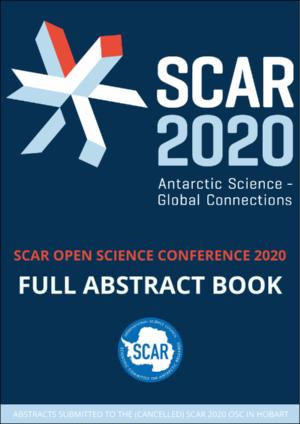Please use this identifier to cite or link to this item:
https://hdl.handle.net/20.500.12544/3919Files in This Item:
| File | Description | Size | Format | |
|---|---|---|---|---|
| Venturini-Biogeochemistry_surface_sediments_Antarctic.pdf | Resumen de ponencia | 161.21 kB | Adobe PDF | View/Open |
This item is licensed under a Creative Commons License












